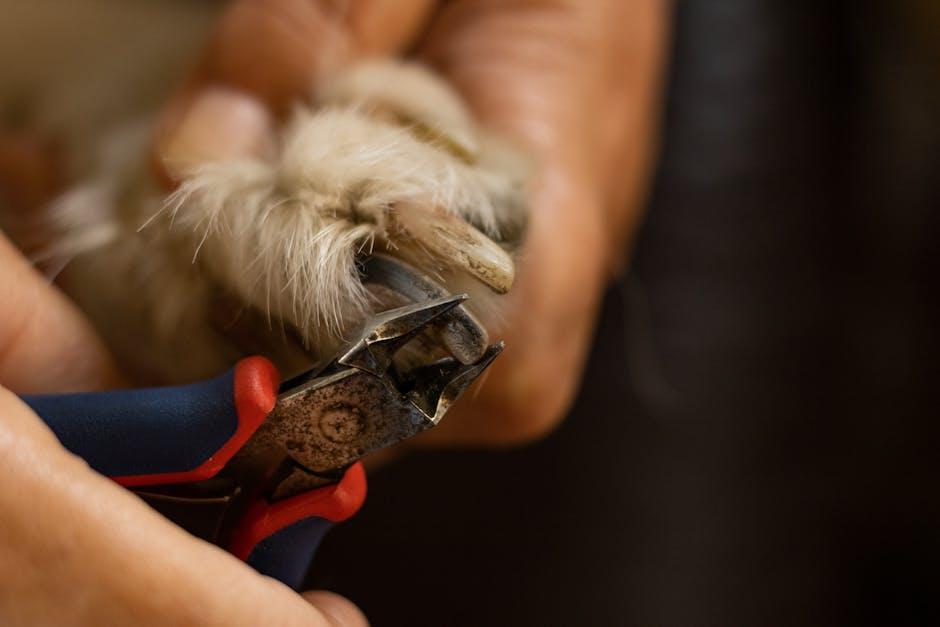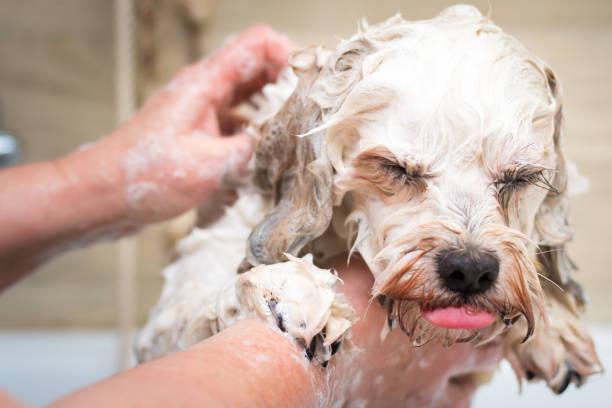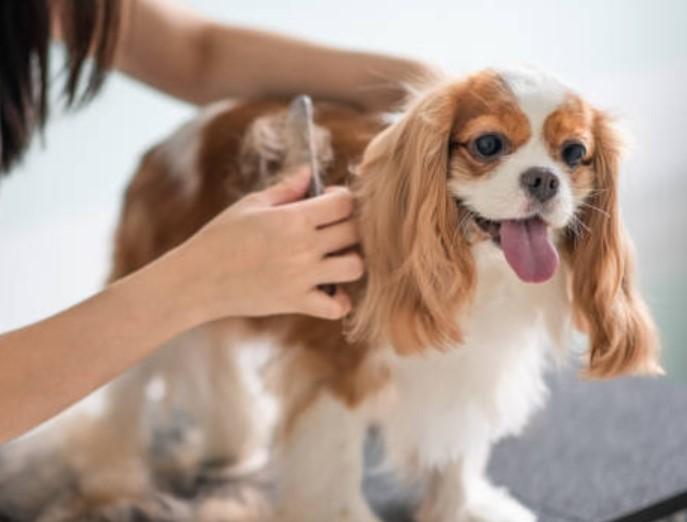Caring for our canine companions involves a multitude of responsibilities, from ensuring they get the right nutrition to providing ample exercise and regular grooming. Among these tasks, nail clipping often emerges as a daunting chore for many pet owners. While it might seem straightforward, the process can sometimes be uncomfortable or even painful for dogs, leading to anxiety for both the pet and the owner. Understanding the nuances of nail clipping, recognizing signs of distress, and learning proper techniques can transform this routine into a bonding experience. In this article, we will explore whether nail clipping is painful for dogs, and offer practical tips to ensure the process is as gentle and stress-free as possible.
Understanding Your Dogs Nail Sensitivity
When it comes to your dog’s paws, it’s crucial to understand that their nails are more sensitive than they might appear. Dogs have a section within their nails known as the “quick,” which contains blood vessels and nerves. Accidentally clipping into the quick can cause significant discomfort and even pain for your furry friend. Recognizing the signs of sensitivity can help make nail clipping a more comfortable experience for your dog.
- Paw Sensitivity: Dogs often have a natural sensitivity in their paws, and this can extend to their nails. Observe your dog’s reaction when you touch their paws and nails to gauge their comfort level.
- Breed Considerations: Some breeds have thicker nails or more pronounced quicks, which can make them more sensitive to trimming. Research your specific breed’s needs to tailor your approach.
- Behavioral Cues: Pay attention to signs of distress, such as pulling away, whining, or licking their paws excessively, as these may indicate nail sensitivity.
Being mindful of these factors can help you approach nail clipping with empathy and care, ensuring a positive experience for both you and your dog. If you’re unsure about trimming your dog’s nails, consulting with a veterinarian or a professional groomer can provide valuable guidance.

Tips for a Stress-Free Nail Clipping Experience
Ensuring your furry friend is calm and relaxed during nail clipping can make the process much smoother. Here are some helpful tips to create a serene environment for both you and your dog:
- Choose the Right Tools: Invest in a high-quality nail clipper designed for dogs. Sharp blades ensure a clean cut, reducing the risk of painful splits.
- Set the Mood: Play soft, calming music and choose a quiet room to minimize distractions. Your dog will pick up on your relaxed demeanor, making them more at ease.
- Practice Regularly: Regular sessions, even if just for practice, help your dog become accustomed to the process. Frequent exposure decreases anxiety over time.
- Use Positive Reinforcement: Reward your pup with treats and praise throughout the session. This association creates a positive experience, reducing stress.
Remember, patience is key. Taking your time and being gentle not only prevents discomfort but also strengthens the bond with your pet.

Tools and Techniques for Safe Nail Trimming
Ensuring a safe and stress-free nail trimming experience for your furry friend is all about using the right tools and techniques. Selecting the appropriate clippers is crucial; choose between guillotine-style or scissor-style clippers based on your dog’s size and nail thickness. For small to medium-sized dogs, guillotine clippers are often ideal, while scissor-style clippers work well for larger breeds. Investing in a good quality nail grinder can also be a gentle alternative, allowing for more precise control and a smoother finish.
- Create a calming environment: Before you start, make sure your dog is relaxed. Consider trimming nails after a long walk when they’re more likely to be tired.
- Familiarize your dog with the tools: Let them sniff the clippers or grinder, and offer treats to create positive associations.
- Use proper technique: Hold the paw firmly but gently, and trim a small section of the nail at a time to avoid cutting into the quick, which can cause pain and bleeding.
- Keep styptic powder nearby: In case of accidental nicks, this can quickly stop any bleeding and prevent infection.
Remember, patience and consistency are key. With time, your dog will become more accustomed to the process, making nail trimming a manageable part of your routine.

Signs Your Dog Might Be Uncomfortable
Understanding your dog’s body language is crucial in recognizing when they might be feeling uneasy. When it comes to nail clipping, dogs may exhibit several signs of discomfort. Look out for these behaviors:
- Restlessness: Your dog might fidget, pace, or attempt to escape the grooming area.
- Excessive Panting: Even when it’s not hot, panting can indicate stress or anxiety.
- Whining or Barking: Vocalizations can be a direct expression of discomfort or fear.
- Tucked Tail: A tail tucked between the legs is a classic sign of unease.
- Avoidance Behavior: Turning their head away or pulling their paw back can signal that they’re not comfortable.
- Lip Licking or Yawning: Often subtle, these actions can indicate nervousness.
By being attentive to these signals, you can better address your dog’s needs, making the nail clipping process a more positive experience for both of you. If these signs persist, consider consulting a professional groomer or a veterinarian for advice tailored to your pet’s needs.

